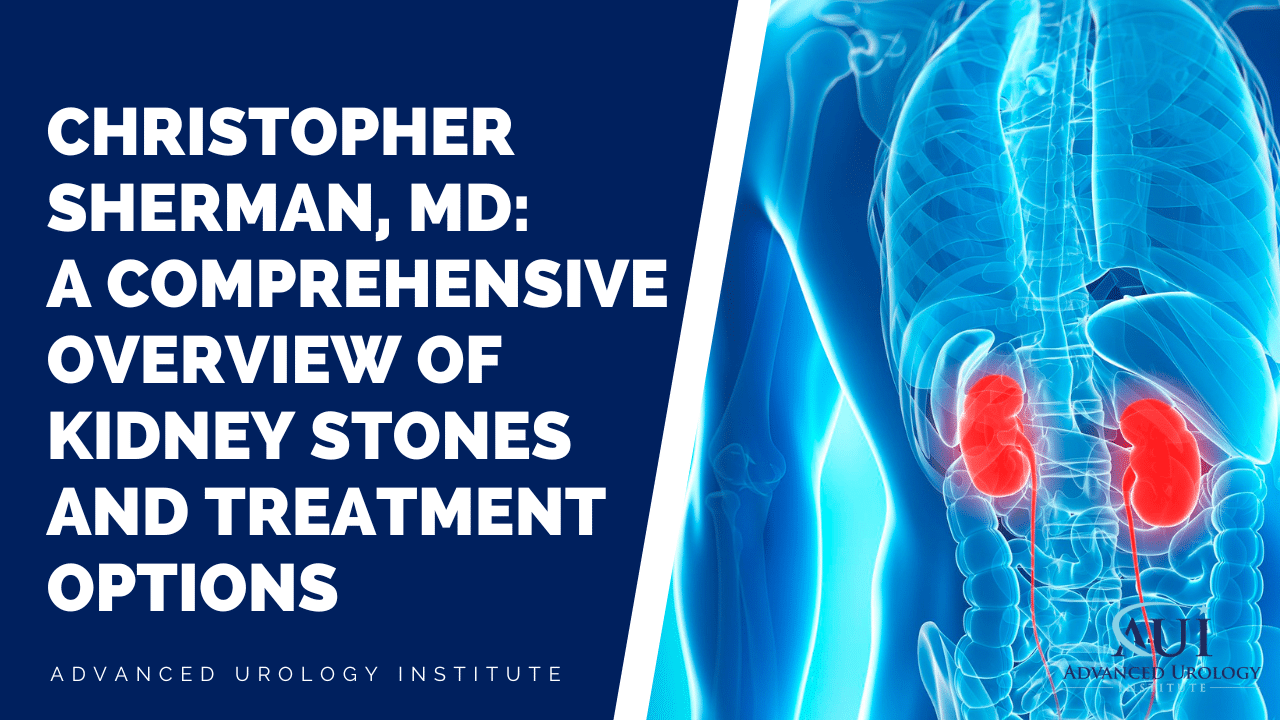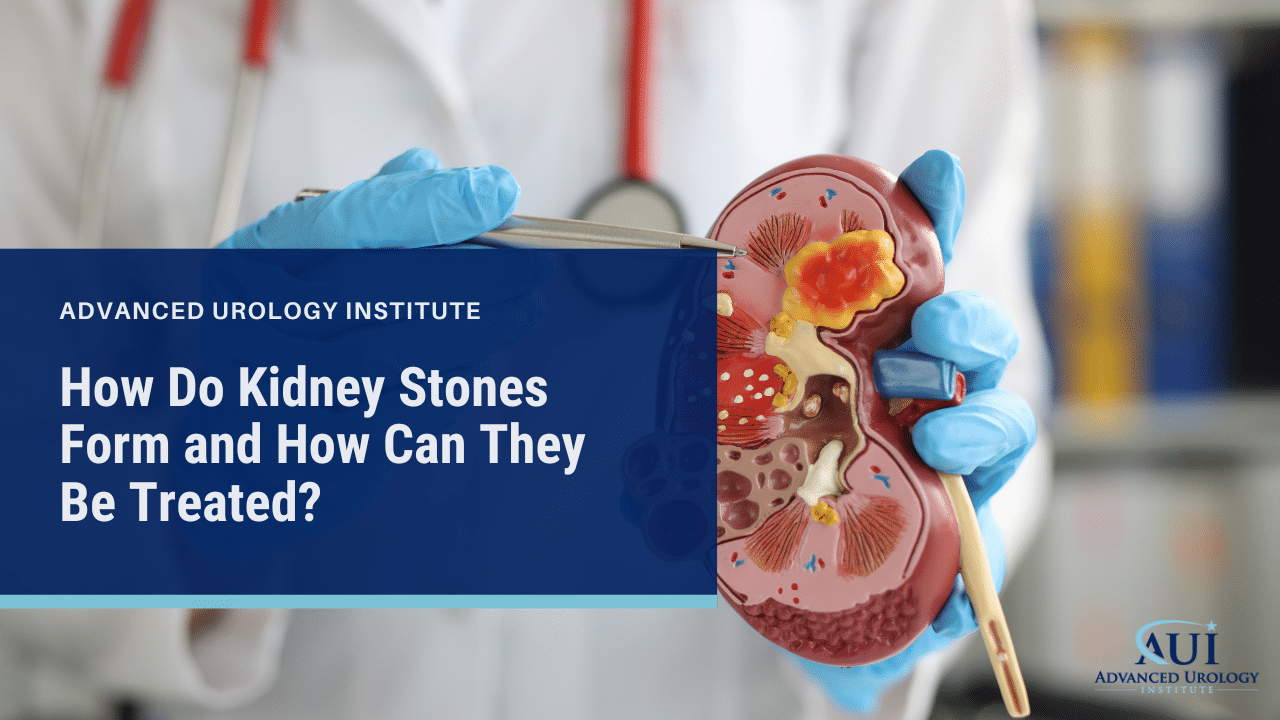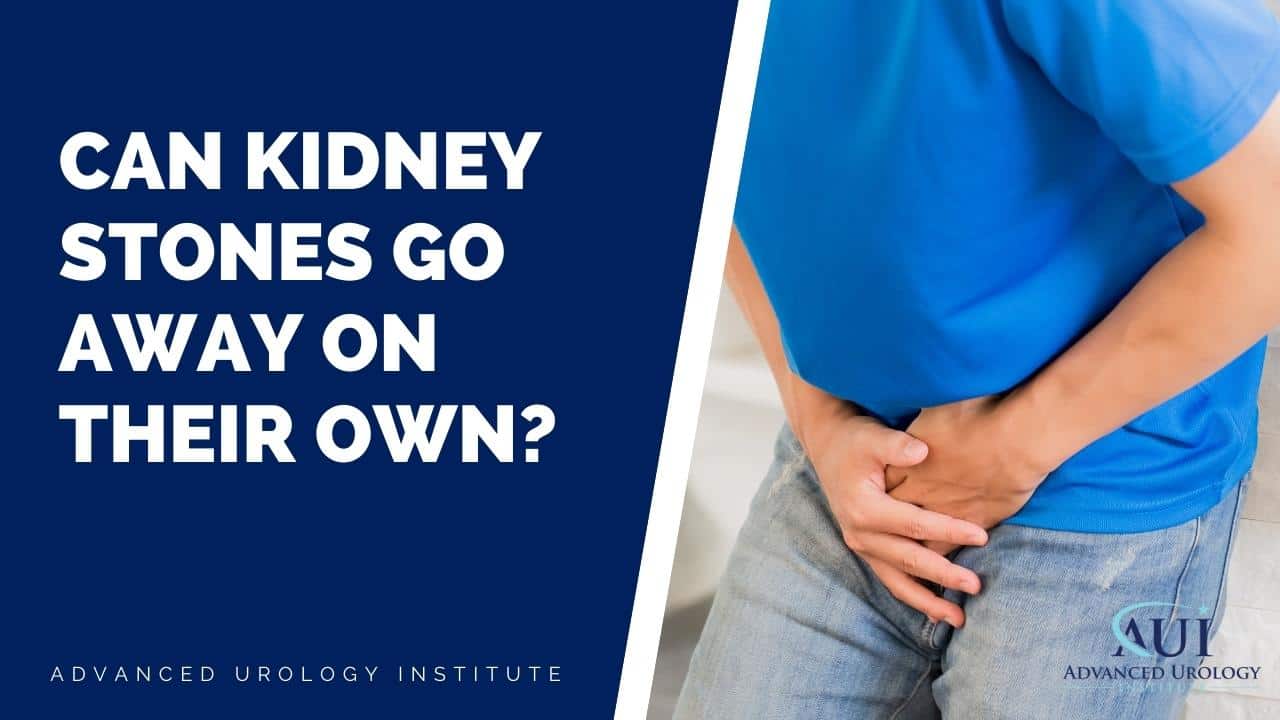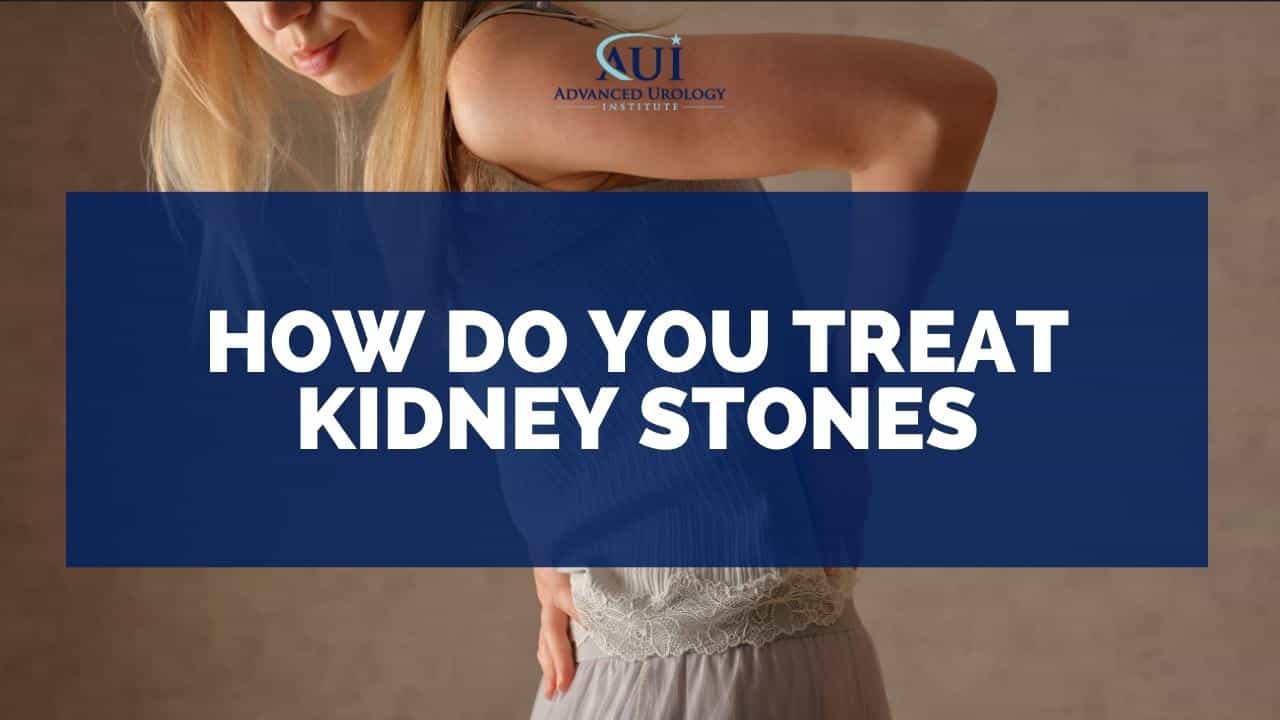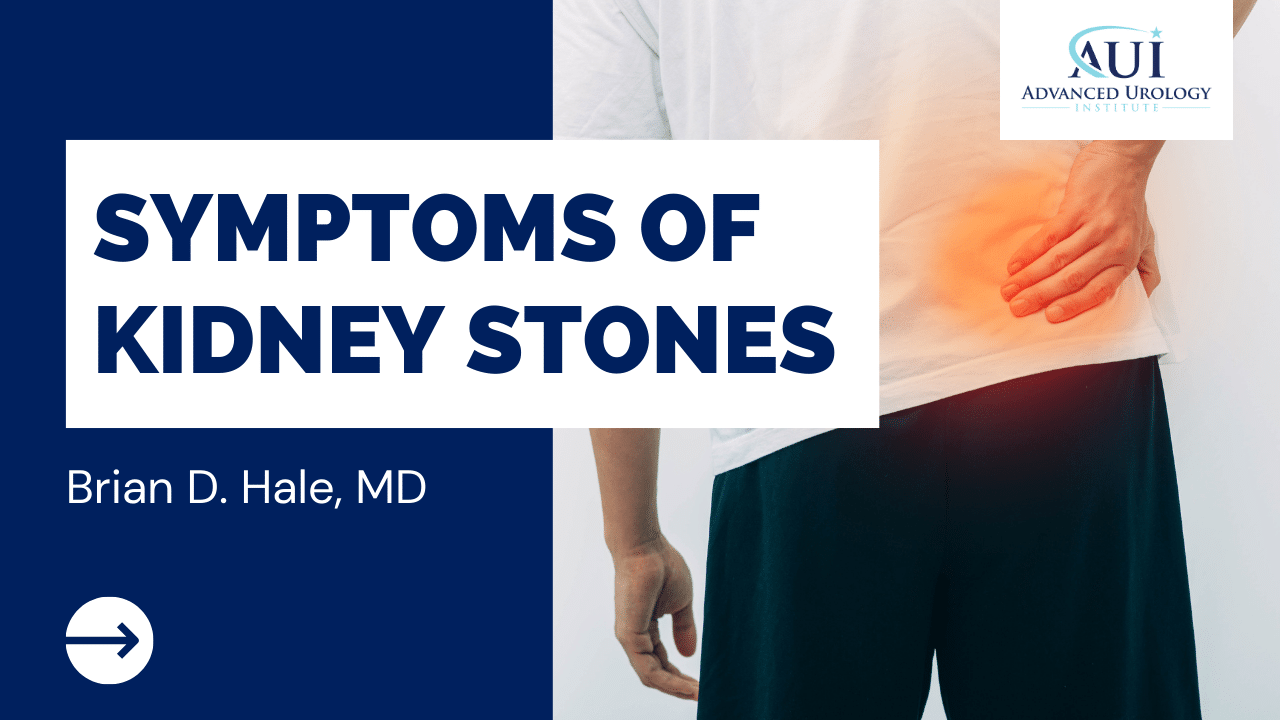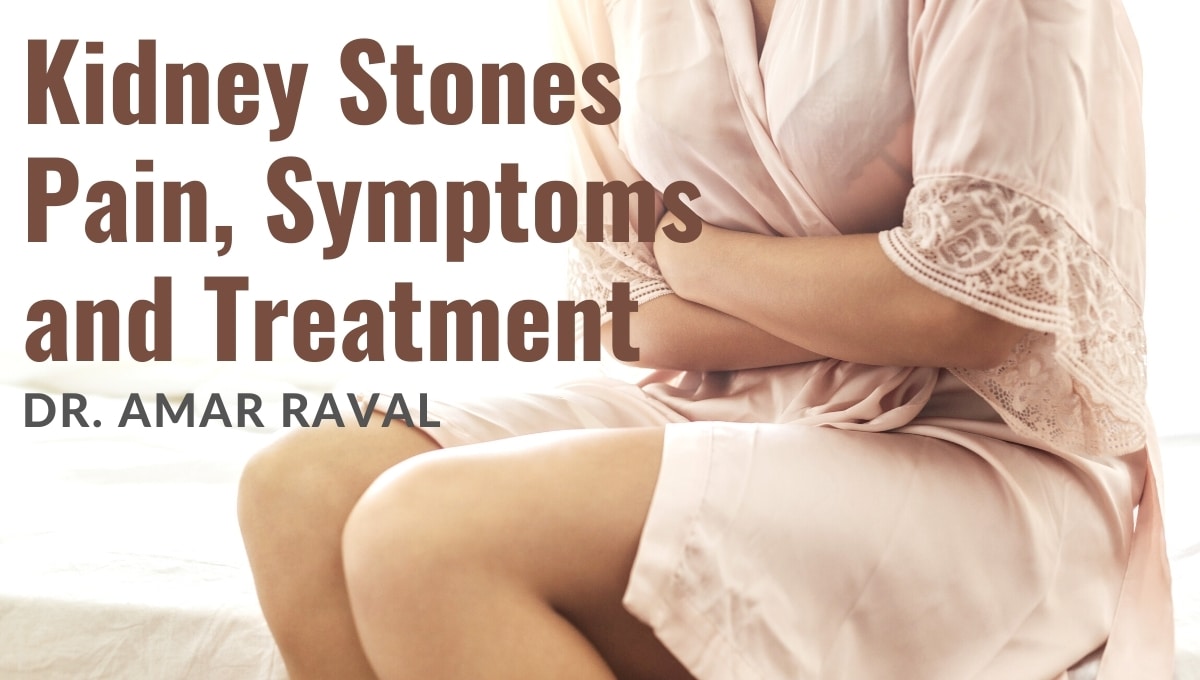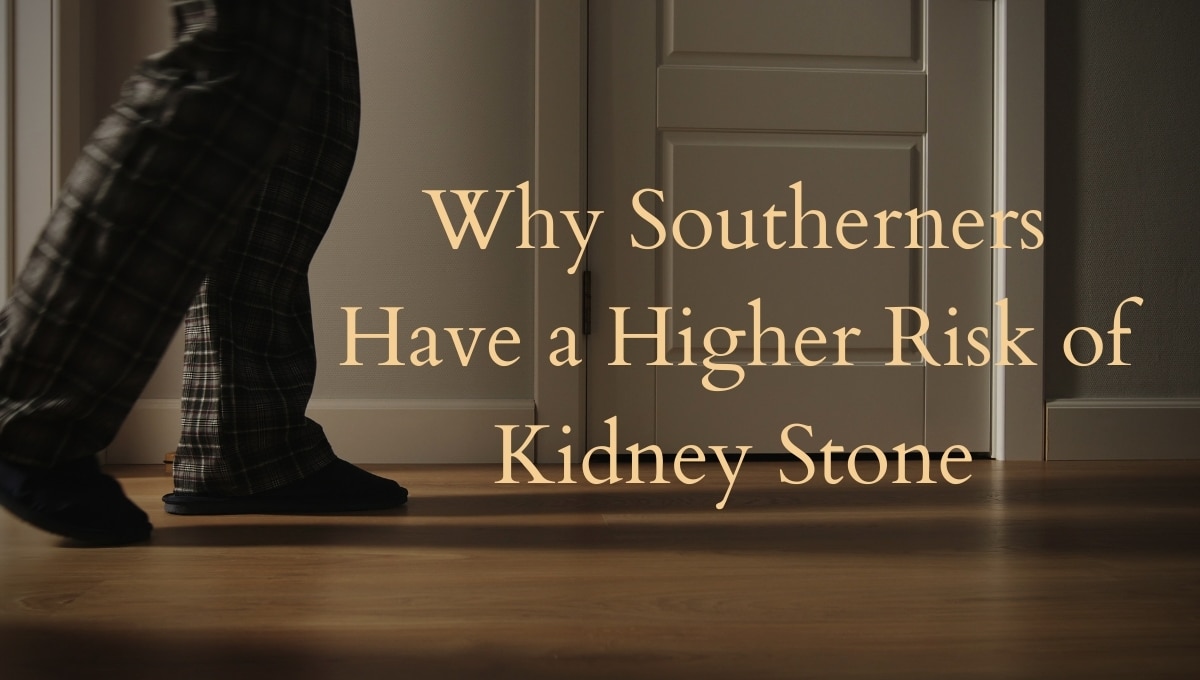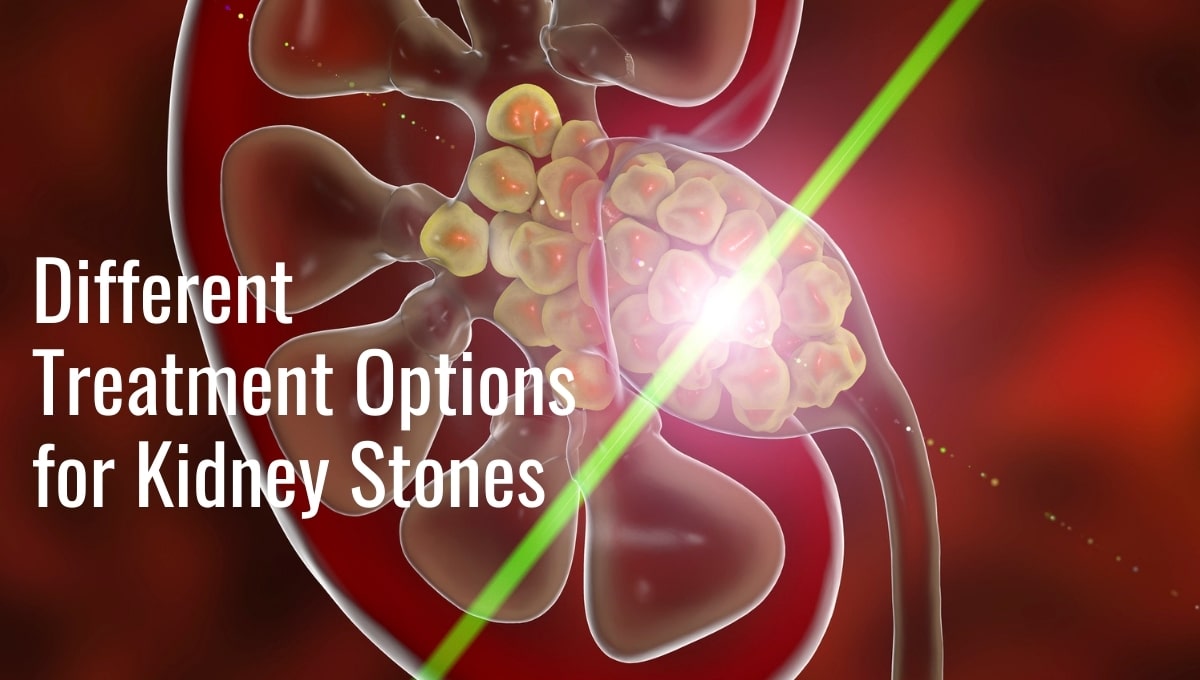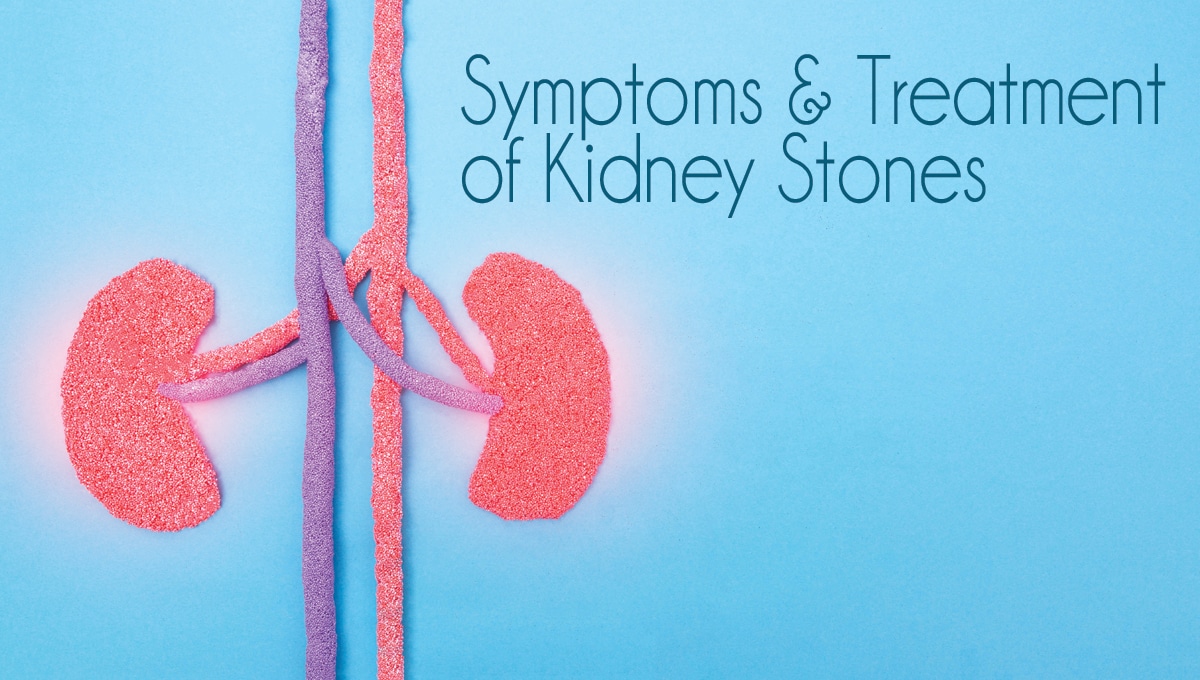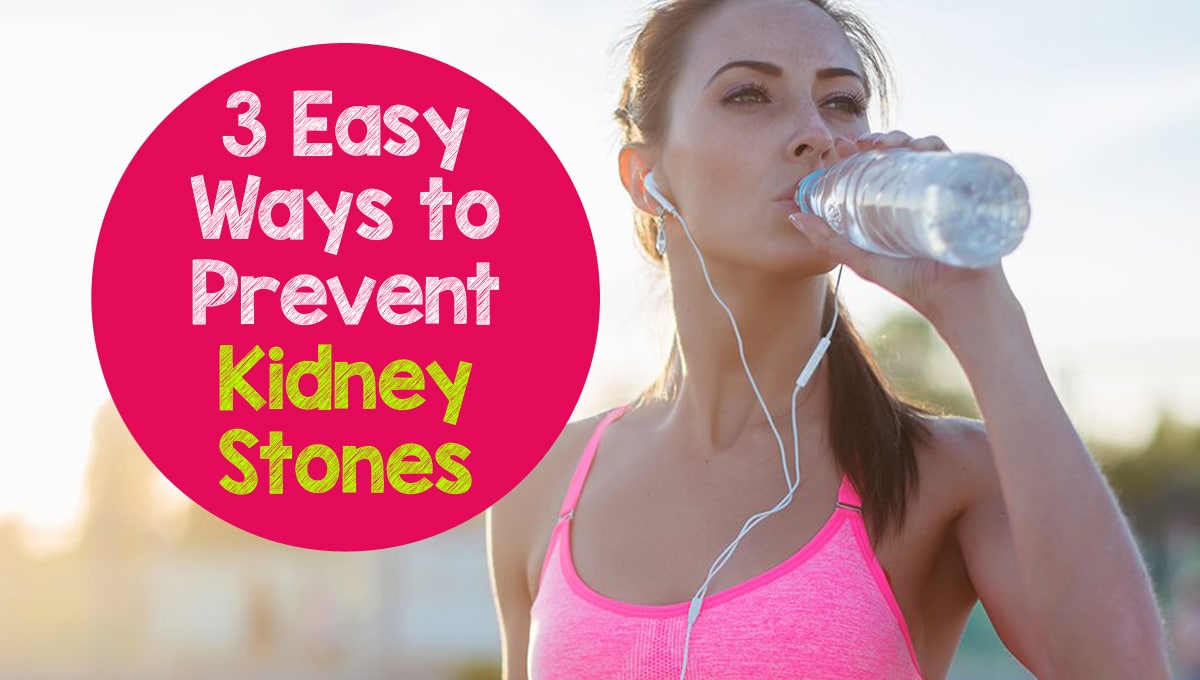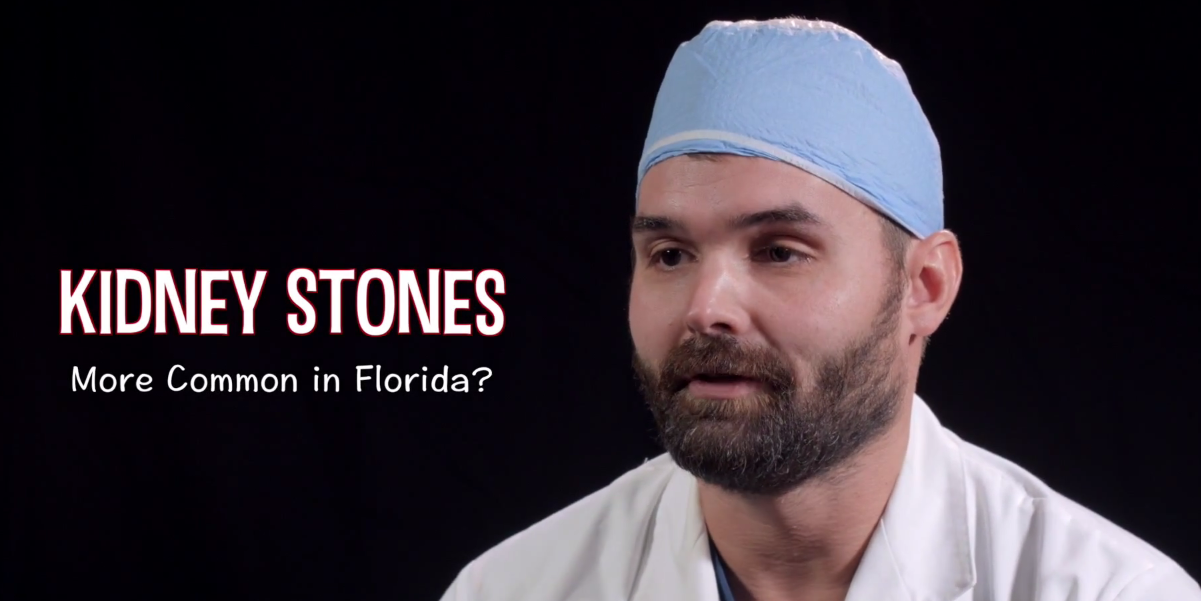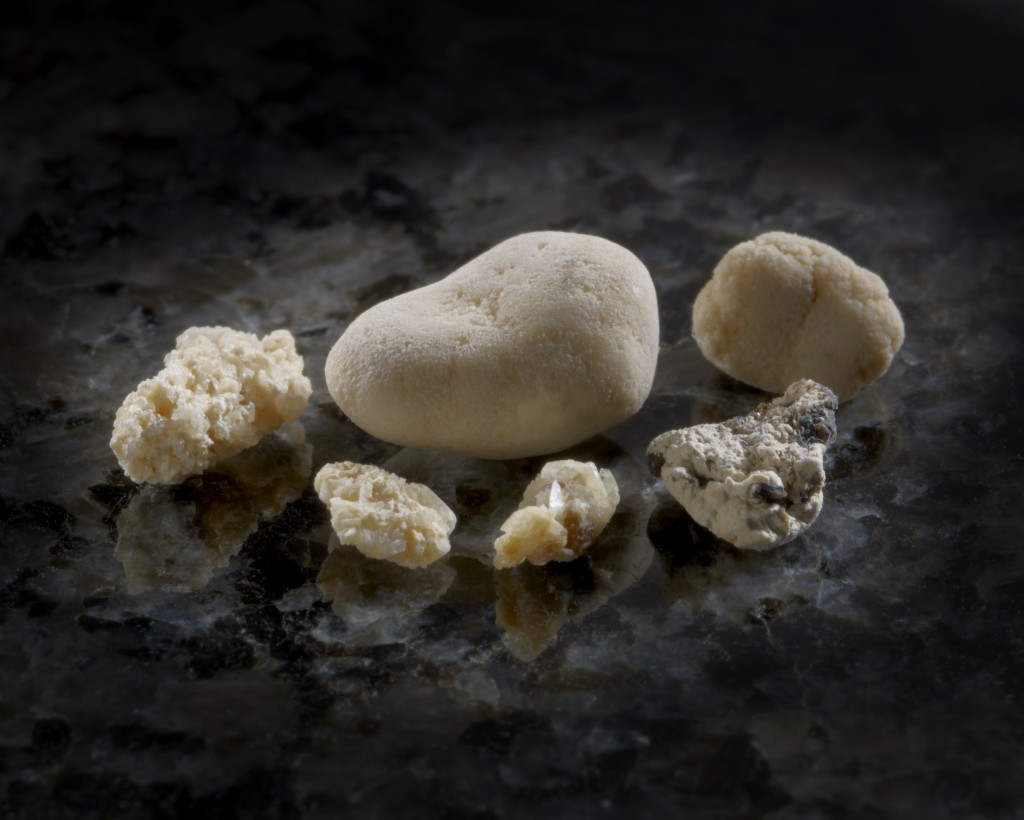Exploring the World of Kidney Health🩺📚 Christopher Sherman, MD: A Comprehensive Overview of Kidney Stones and Treatment Options
Continue readingHow Do Kidney Stones Form and How Can They Be Treated?
Unlocking the Mystery and Solutions! How Do Kidney Stones Form and How Can They Be Treated? Learn more at Advanced Urology Institute now.
Continue readingChelsie Ferrell, PA: The Pain and Risks of Kidney Stones
Expert Insights: Chelsie Ferrell, PA, on the Pain and Risks of Kidney Stones. Learn How to Prevent & Treat this Common Condition. Read More!
Continue readingExperience Exceptional Urological Care at Advanced Urology Institute’s Leesburg Office
Discover Unmatched Urological Care in Leesburg! Advanced Urology Institute Leesburg Office offers Exceptional Care. Book an Appointment Now!
Continue readingCan kidney stones go away on their own?
How Do You Treat Kidney Stones
Treating kidney Stones depends on the degree of the pain the size of stone. Learn more from Dr. Billy Vanasupa of St Augustine, FL.
Continue readingKidney Stones Symptoms with Dr. Brian Hale
So patients who have kidney stones usually complain of flank pain, which is where the pain would be behind the lower ribs and sometimes it wraps around towards the front [and] down towards the groin area. Those are the most common symptoms, [sometimes] they’ll also have blood in the urine on our testing in the office.
Usually we’ll get an ultrasound or CT scan that diagnoses the stone, it’ll tell us the size and location. If the stones are smaller [about] less than 4 millimeters in size, ninety (90) percent of those times it will pass on their own. So on those patients, I give them a chance to try to pass the stone before we operate on them. When they’re bigger, they’ll be more than 6 millimeters in size, the less of a change of passing [the stone], less than ten (10) percent. For those patients, we look at the scheduling surgery for.
Kidney Stones: Risk Factors and Preventions
 The prevalence of kidney stones in the United States has increased over the last decade. As many as 1 in 10 Americans have a kidney stone at some point in their lives, and every year more than half a million Americans go to emergency rooms for kidney stone related complications.
The prevalence of kidney stones in the United States has increased over the last decade. As many as 1 in 10 Americans have a kidney stone at some point in their lives, and every year more than half a million Americans go to emergency rooms for kidney stone related complications.
What are kidney stones?
A kidney stone is a small, hard deposit that forms in the kidneys. Stones occur when the urine concentration of crystal-forming substances—such as calcium, oxalate and uric acid—is more than the fluid in the urine can dilute.
They begin as small crystals and grow into larger masses (stones), which then make their way through the urinary tract. Unfortunately, a stone can get stuck on its way out of the urinary system, resulting in an unbearable pain that comes in waves until the stone eventually passes.
What causes kidney stones?
Genetics is one of the risk factors. If you have family members who had kidney stones, you are at a higher risk of having them yourself. Your risk is also higher if you have had kidney stones in the past.
Dehydration is another major cause of kidney stones, which is why more kidney stones occur in the summer. In fact, kidney stone frequency is known to vary by geographic location, with warmer climates having the highest rates of stone formation.
What you eat and drink makes a huge difference. Drinking enough fluids to make over two liters of urine a day reduces the risk of stone formation. Actually, as a rule, you should always check your urine for signs of dehydration. If your urine is dark or yellow, then you are not drinking enough fluid and run the risk of having stones.
Factors that increase dehydration will contribute to kidney stone formation. For instance, excess salt or sodium in food, such as in processed or fast foods, increase dehydration as the excess salt requires a lot of fluid to excrete. So reducing the sodium in your diet will minimize your risk of stone formation.

How do you know that you have kidney stones?
Kidney stones cause pain by getting stuck in the urinary system. Since the kidneys continue to make urine, which in turn can’t get out due to the blockage, the urine builds up, stretches the kidneys and leads to severe pain.
You will know you have kidney stones when you have severe, excruciating pain that comes in waves. The pain typically occurs in the back and does not get better with a change in position. Patients who have had kidney stones and also delivered children report that the stones are more painful than giving birth. In addition to pain, you may have fever, nausea, and even vomiting.
Kidney stones may require a trip to the emergency room if you have severe pain, nausea, vomiting, and a fever greater than 100.3 degrees. These symptoms constitute a urological emergency because they signal both a blockage and an infection. With the blockage preventing antibiotics from getting out via urine, you can get very sick, very quickly; hence the need for emergency care.
Emergency treatment with IV fluids at a hospital may be necessary if you are having nausea and vomiting to the point of dehydration. Emergency care is also appropriate when you have pain that cannot be alleviated by over-the-counter pain medicine.
What is the treatment for kidney stones?
The treatment for kidney stones depends on the size and location of the stone, and on the clinical stability of the patient. The most common approach is medical expulsion therapy—a conservative approach for healthy patients with stones that are small enough to pass on their own and with no fever or other signs of infection.
With medical expulsion, you are encouraged to drink a lot of fluid to help the stone pass on its own. You are also given medications to control the pain and to accelerate passage. If the stone is 5 millimeters or smaller (about half of your thumbnail), there is a 50% chance it will pass on its own and you will avoid surgery.
If you have severe pain, fever, chills and an inability to drink fluids, you may not qualify for medical expulsion therapy. In that case, a surgical procedure may be needed. There are two common surgical options: (1) ureteroscopy or laser lithotripsy, and (2) extracorporeal shockwave lithotripsy.
Ureteroscopy and laser lithotripsy are fancy ways of saying you go to sleep, a camera is inserted through your urethra to the stone, and a laser is used to break the stone into smaller fragments for removal. Extracorporeal shockwave lithotripsy means you go to sleep and sound waves are sent through your skin to fracture the stone into small pieces that can pass on their own in urine.
The advantage of shockwave lithotripsy is that nothing goes into your body, making it less invasive. However, the disadvantage is that the stone fragments still have to pass on their own, a process which can be painful and uncomfortable.
How do you prevent kidney stones?
1. Increase calcium intake
There is a misconception that increasing dietary calcium increases the risk of calcium oxalate stones. This is not true. In fact, eating more calcium rich foods, such as milk or cheese, ensures the oxalate in the diet binds to calcium. When oxalate binds to calcium in the intestines, it is not absorbed in the bloodstream and ends up in stool.
2. Reduce oxalate rich foods
Foods high in oxalate, such as beets, chocolate, tea, coffee, spinach, kale, rhubarb, nuts and beer contribute to stone formation. You may have to eat smaller portions of these foods alongside calcium-rich foods or avoid them altogether.
3. Stay hydrated
Drinking plenty of water will ensure that substances in your urine are diluted and cannot form crystals. As a rule, strive to drink enough water to pass two liters of urine every day—which is drinking roughly eight standard 8-ounce cups per day. It also helps to include some citrus beverages, such as orange juice and lemonade, as the citrate in these beverages helps to block stone formation.
4. Reduce sodium intake
A high salt or sodium diet increases the amount of calcium in your urine and triggers stone formation. Excess salt also wastes the fluid you take as a lot more fluid is necessary for salt-water balance. Make sure to limit your daily sodium intake to 2300mg or less to reduce your risk of kidney stones.
5. Minimize intake of animal protein
Animal protein, such as red meat, eggs, poultry, or seafood, increases the level of uric acid in the body and may cause kidney stones. A high protein diet will also reduce your urinary citrate—the chemical in urine that prevents stones from forming. You can limit animal proteins or replace them with plant-based proteins.
At Advanced Urology Institute, we offer a range of treatments for kidney stones depending on the severity of symptoms and the type, size and location of the stones. We also run tests to find out why they form and give you advice on how to prevent them.
If you or a relative has had kidney stones, consider meeting with one of our urologists for specific ways to reduce your risk. For more information on kidney stone causes, risk factors, diagnosis, treatment and prevention, visit the Advanced Urology Institute website.
Listen to the Podcast to learn more about Kidney Stones, Click here
How Does Dr. Amar Raval Diagnose & Treat Kidney Stones?
Why Southerners Have a Higher Risk of Kidney Stone
I am Ketan Kapadia. I’m with Advanced Urology Institute and a board certified urologist.
 Obviously the heat is going to play a major role, a lot of it has to do with our diet unfortunately as well. [As with] an American diet, we just don’t eat very well, we’re all a little heavier and that also increases the risk of kidney stones as well.
Obviously the heat is going to play a major role, a lot of it has to do with our diet unfortunately as well. [As with] an American diet, we just don’t eat very well, we’re all a little heavier and that also increases the risk of kidney stones as well.
The interesting thing here in Florida, which isn’t talked about very much and this is sort of the holistic treatment of the patient in urology, which is we get a lot of men who have prostate problems who start cutting back on their fluids because they don’t want to get up at night; And when you start cutting back on fluids and not getting up at night, now you’re at more risk of [getting] stones. We see a lot of older guys who come in with kidney stones for the very first time because they got a prostate problem as well and that hasn’t really been addressed.
Same with women who have overactive bladder. First thing most people do is they start cutting back their fluid so they’re not having to run to the bathroom all the time. Again, you cut back your fluid and now you’re living in Florida in the heat, you’re going to get kidney stones. So a lot of doctors will be more than happy to just get rid of your stone and have the surgery [but] I’m also interested in preventing that next stone. Part of that is getting twenty-four (24) hour urines, seeing why you’re making stones, addressing all the overactive bladder problems and prostate problems because I don’t want you to end up having more stones. I’m happy to operate and take out stones, that’s fun, but it’s my obligation to help prevent [it from happening agan].
What are the different treatment options for kidney stones according to Dr. Samuel Lawindy?
Symptoms & Treatment of Kidney Stones
Kidney stones are a serious and painful medical issue. They cause a wide range of symptoms and can be treated in different ways depending on their size and the patient. Understanding the symptoms of kidney stones and the treatment options available are essential to passing them.
No two people are the same and the symptoms of kidney stones can vary from patient to patient. Some of the most common symptoms are pain in the back or belly, pain or burning during urination, a frequent and urgent need to urinate, urinating in small amounts, and cloudy or bloody urine. Someone experiencing these symptoms most likely has kidney stones and may need to consult a urologist for help.
One of the most troubling symptoms is the pain caused by kidney stones. Some female patients say the pain caused by the stones is worse than being in labor. In many cases, the person with kidney stones may suffer from nausea and vomiting. Although stones can often be passed by the patient on their own, in some cases medical assistance is required.
Treatment for kidney stones is done on a case-by-case basis, with the doctor examining the patient to determine the best treatment method for the individual. For patients experiencing pain, but who may be able to pass the kidney stone, the doctor may prescribe medication to ease the pain and make them comfortable as they wait for the stone to pass. In more serious cases, the doctor may need to surgically remove the stones or bypass them to drain urine and relieve pain.
A new way to remove large painful stones without surgery is Shock Wave Lithotripsy (SWL). With this non-invasive method the stones are broken up by a shock wave of energy focused on the point where the kidney stone is located. This shock wave breaks the kidney stone into a fine powder that is easier for the patient to pass. In severe cases, the doctor will enter with a scope through the urinary tract or kidney and destroy the stones with a laser.
Relief from the pain of kidney stones can be found at the Advanced Urology Institute, where experienced physicians determine the best treatment method available for each patient. For more information, visit the Advanced Urology Institute website.
3 Easy Ways to Prevent Kidney Stones
3 Easy Ways to Prevent Kidney Stones
Kidney stones are formed when certain chemicals present in the urine solidify and turn into hard crystals. Over time, these crystals grow in size and eventually leave the body through urine. Sometimes, the crystals get stuck in the urinary tract, blocking the flow of urine and causing enormous pain. In nearly 50% of patients with this problem, the stones reappear within 5 to 7 years if no preventive measures are taken. In most cases, these stones form when calcium reacts with phosphorus or oxalate. A physician first determines the cause of this condition and will likely suggest reducing the intake of sodium or protein, both of which cause kidney stone formation. With some determination and care, the risk of kidney stones can be significantly reduced. The following are three simple preventive methods:
1. Increase Calcium
Calcium deficiency causes an increase in the body’s oxalate levels which directly contributes to the formation of stones. Find out how much calcium you should consume for your age to ensure that your body is not deficient in this essential mineral. Generally, men older than 50 years of age need 1,000 mg of calcium every day in addition to 800 to 1,000 IU of vitamin D to help the body absorb calcium. Getting your calcium from food is preferable since studies show that calcium supplements may increase the risk of stone formation.
2. Reduce Animal Protein
Your body produces uric acid while breaking down proteins. Higher levels of this compound increase the acidity of urine, which may cause the formation of kidney stones in the long run. For this reason, keep a check on protein-rich foods, especially red meat, seafood, poultry, and eggs. Eating too much protein also reduces the content of citrate in your urine, and this may also lead to stone formation. If you are prone to kidney stones, you should also follow a low-sodium meal plan. Nutritionists suggest a daily maximum sodium intake of 2,300 mg, but people who already have kidney stones due to high sodium levels should consume less than 1,500 mg of sodium per day.
3. Drink Plenty of Fluids
Drinking plenty of water is the simplest home remedy for kidney stones because water dissolves the unwanted substances in urine. As a rule of thumb, drink at least 2 liters of water per day. You may substitute with citrus beverages such as fresh orange juice or lemonade.
In addition to the above measures, avoid stone-forming foods such as chocolate, beets, tea, nuts, rhubarb and spinach, all of which are rich in oxalate. Colas are high in phosphate, a substance to avoid if you have a history of kidney stones due to high phosphate levels. Also, our bodies turn vitamin C into oxalate, so individuals taking this vitamin in supplement form can be at a slightly higher risk. Overall, with proper treatment and some changes to your diet, kidney stones can easily be prevented.
Is Dr. Evan Fynes reporting that kidney stones are more common in Florida?
Kidney Stones – Environmental Factors Can Increase the Risk
Video: Urology is The Perfect Specialty for Me by Dr Thomas Sander
A kidney stone is a mass of chemical crystals that forms in the kidney, ureter or bladder of an individual. Such stones may develop to different sizes and in different shapes, from tiny microscopic crystals to quite large stones. Kidney stones can occur at any age but are far more prevalent between the ages of 20 to 40. Contact a urologist now and get treatment for this condition as soon as possible. [Read Full Article…]



